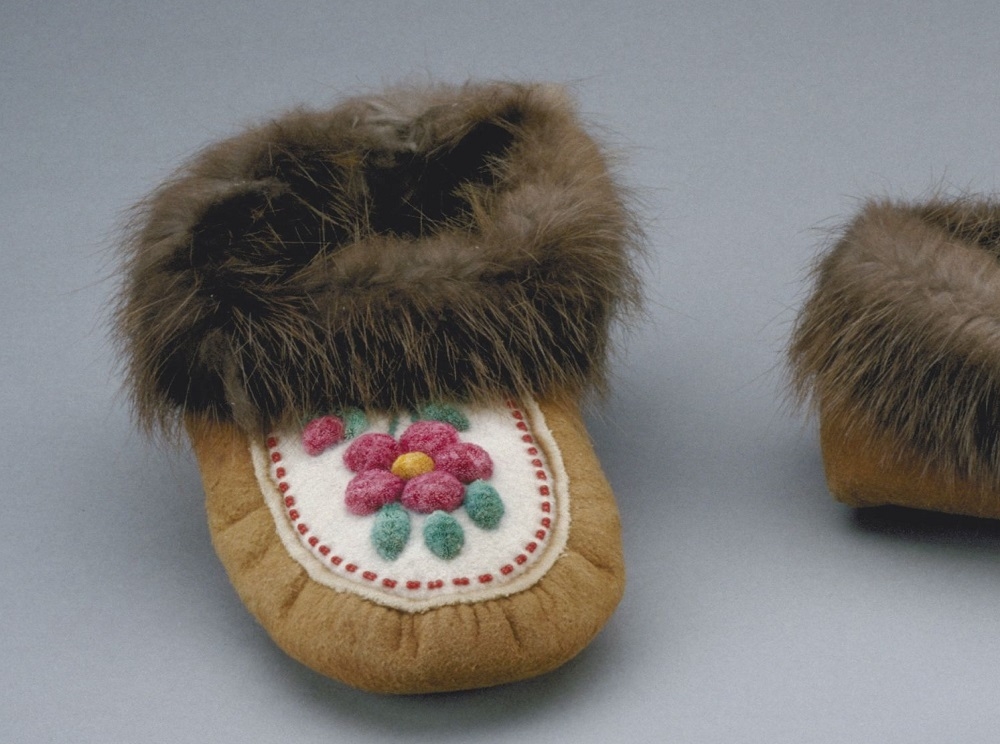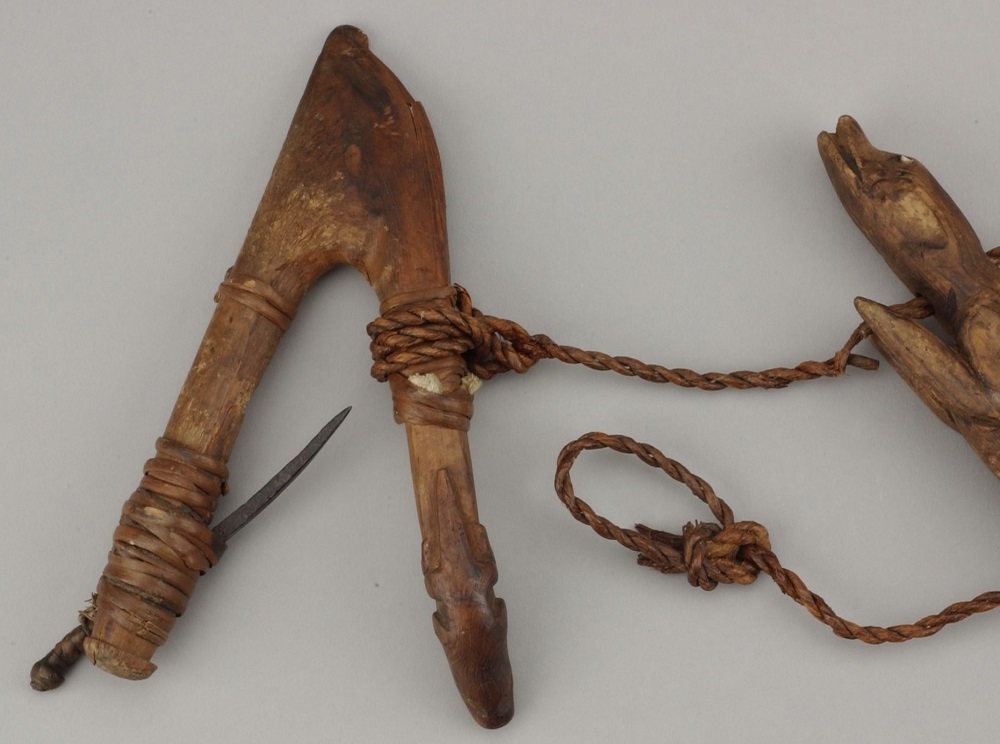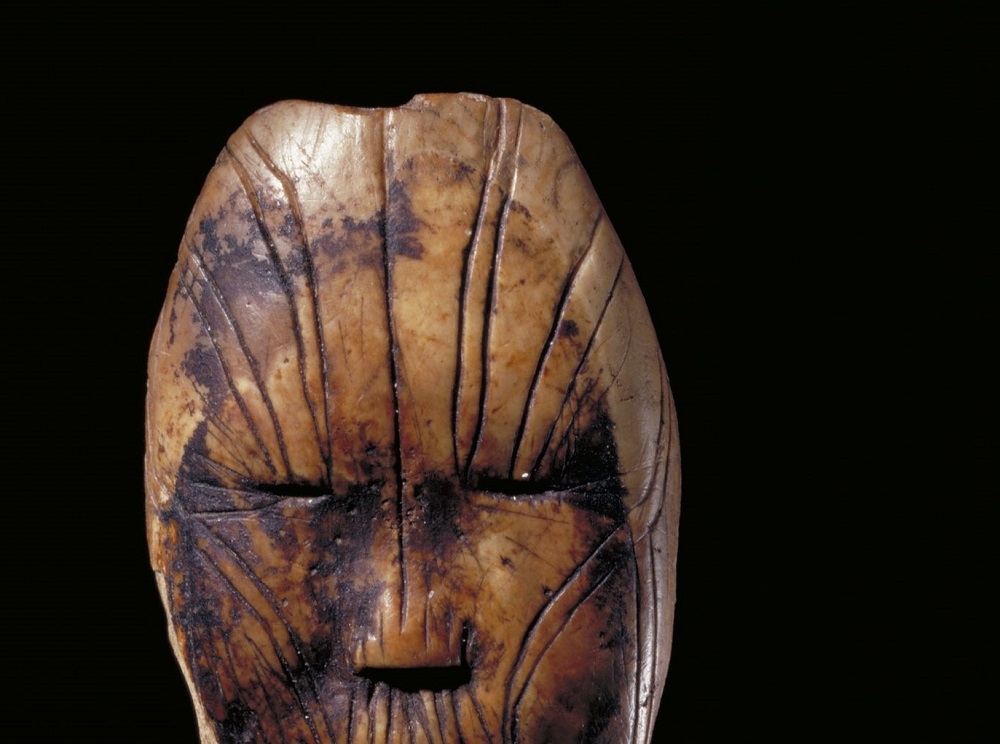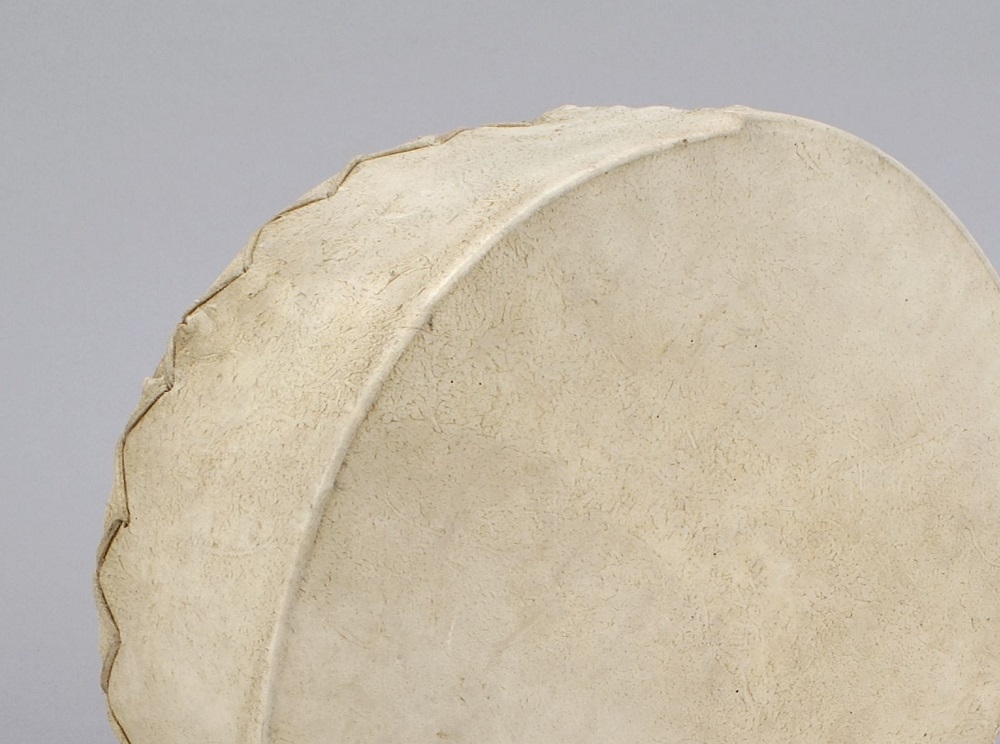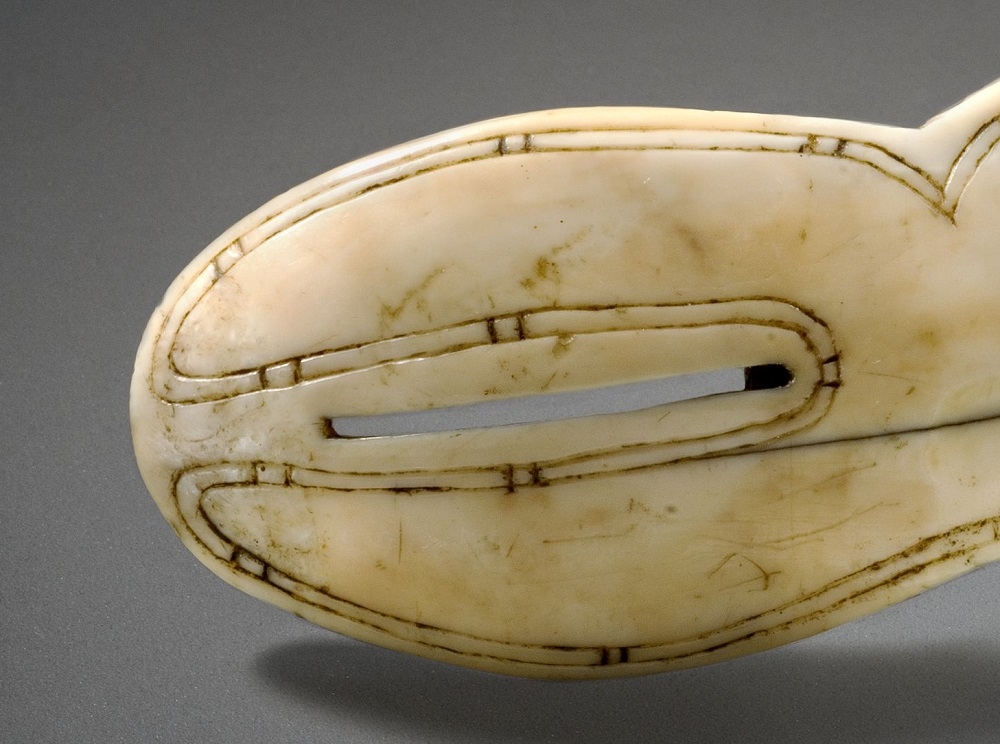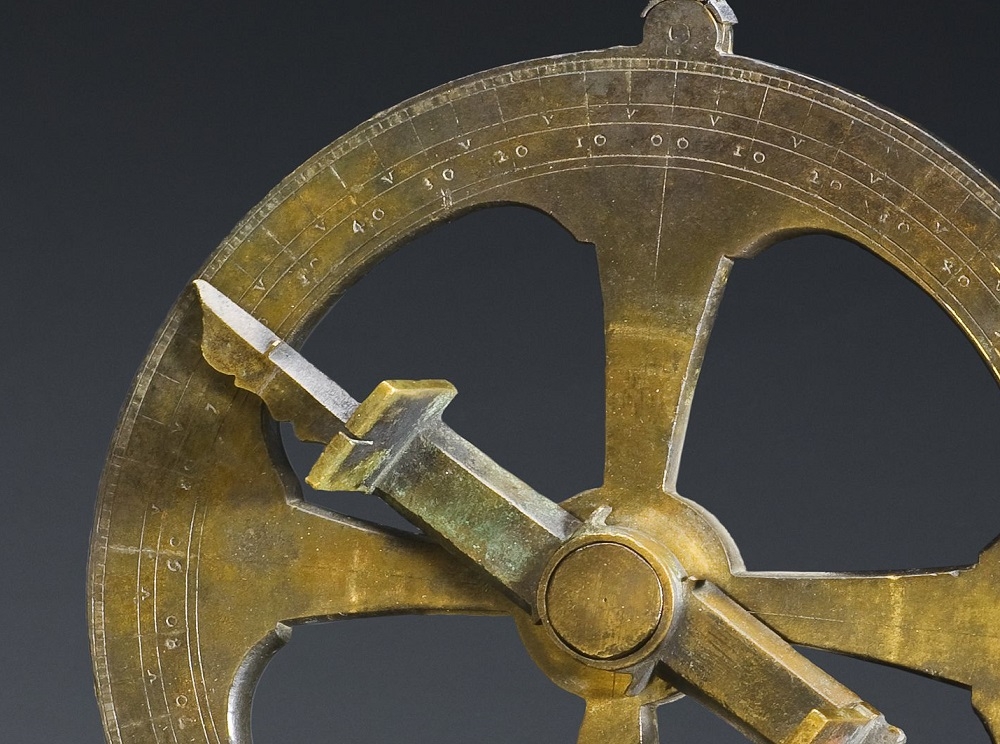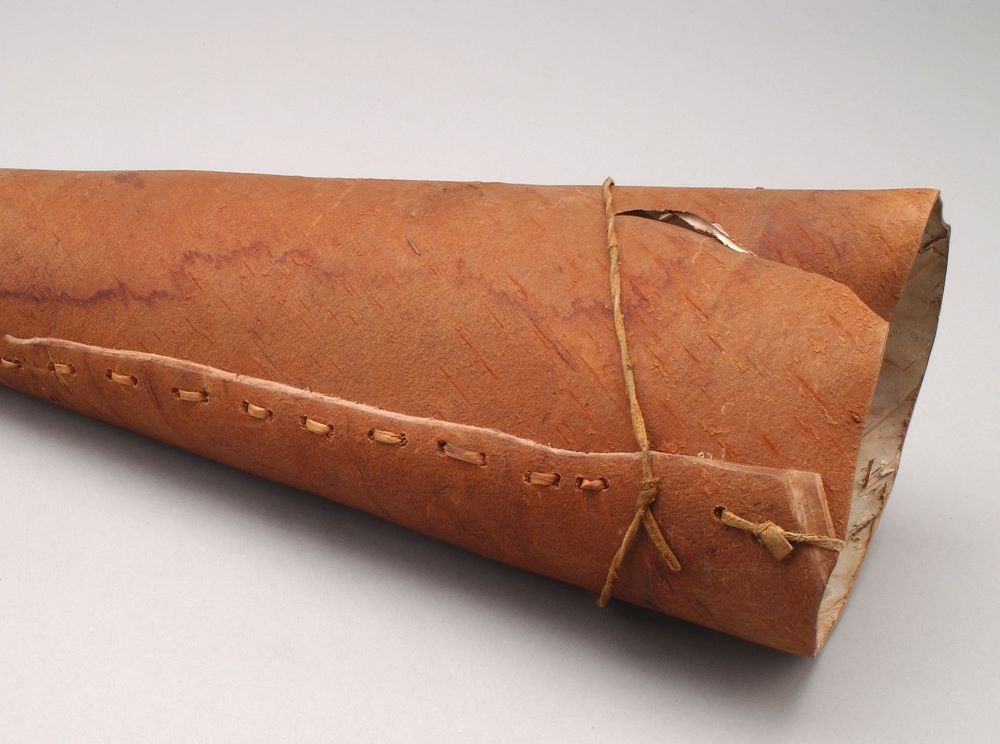
Early Canada
History begins with the First Peoples. Indigenous cultural traditions and archaeological research are our only ways of knowing the very ancient past. Together they tell the story of how the land took its present form and was first occupied by human beings. Archaeological evidence suggests that First Peoples began to spread all across North America as new landscapes emerged after the last Ice Age. This meant adapting to a range of different environments. Over thousands of years, First Peoples forged powerful and enduring spiritual bonds with the land and the animals that supported them.
By 500 years ago, Indigenous societies were thriving in every corner of what is now Canada. Supported by productive economies and complex social structures, some Indigenous peoples lived in large permanent villages. Others moved seasonally, across vast territories. Many of the traditions established centuries ago continue today, linking First Peoples to their ancient culture, land and history.
Beginning about 1,000 years ago, Europeans sailed to North America in search of natural resources and a sea route to Asia. Encounters between First Peoples and the newcomers were characterized by curiosity, mutual distrust and sometimes violence. Yet they sought and found ways to coexist. A permanent European colony — now called Canada — was the result.
Discover more about all these moments in early Canadian history by exploring the objects below.
